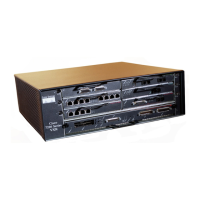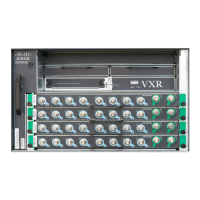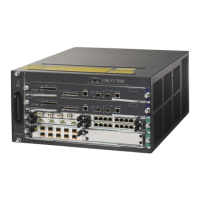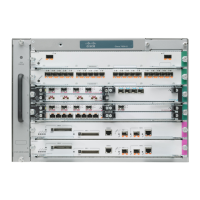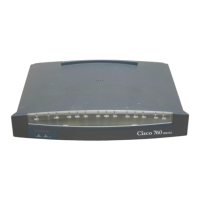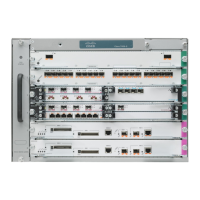Send document comments to nexus7k-docfeedback@cisco.com
6-4
Cisco Nexus 7000 Series NX-OS Interfaces Configuration Guide, Release 5.x
OL-23435-03
Chapter 6 Configuring Port Channels
Information About Port Channels
Figure 6-1 Port-Channel Interfaces
You can classify port-channel interfaces as Layer 2 or Layer 3 interfaces. In addition, you can configure
Layer 2 port channels in either access or trunk mode. Layer 3 port-channel interfaces have routed ports
as channel members and may have subinterfaces.
Beginning with Cisco NX-OS Release 4.2(1), you can configure a Layer 3 port channel with a static
MAC address. If you do not configure this value, the Layer 3 port channel uses the router MAC of the
first channel member to come up. See the Cisco Nexus 7000 Series NX-OS Layer 2 Switching
Configuration Guide, Release 5.x, for information on configuring static MAC addresses on Layer 3 port
channels.
See Chapter 3, “Configuring Layer 2 Interfaces,” for information on configuring Layer 2 ports in access
or trunk mode and Chapter 4, “Configuring Layer 3 Interfaces,” for information on configuring Layer 3
interfaces and subinterfaces.
Basic Settings
You can configure the following basic settings for the port-channel interface
• Bandwidth—Use this setting for informational purposes only; this setting is to be used by
higher-level protocols.
• Delay—Use this setting for informational purposes only; this setting is to be used by higher-level
protocols.
• Description
• Duplex
• Flow control.
• IP addresses—Both IPv4 and IPv6
• Maximum Transmission Unit (MTU)
Layer 3 Routing
VLAN interface
Port channel
20
Port channel
21
Port channel
22.1
Port channel
(L2 access)
Port channel
(L2 trunk)
Port channel
(L3 routed)
Eth 2/3
Eth 1/1
Eth 1/2 Eth 2/1 Eth 2/2
Eth 1/3
Eth 1/4
GigEth 2/3
VLAN interface Port channel
22
VLAN 1 VLAN 2
Access Access Routed
Trunk Trunk Routed Routed
Layer 2 Interfaces Layer 3 Interfaces
186642
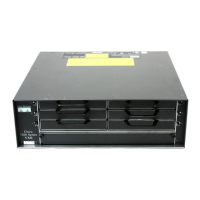
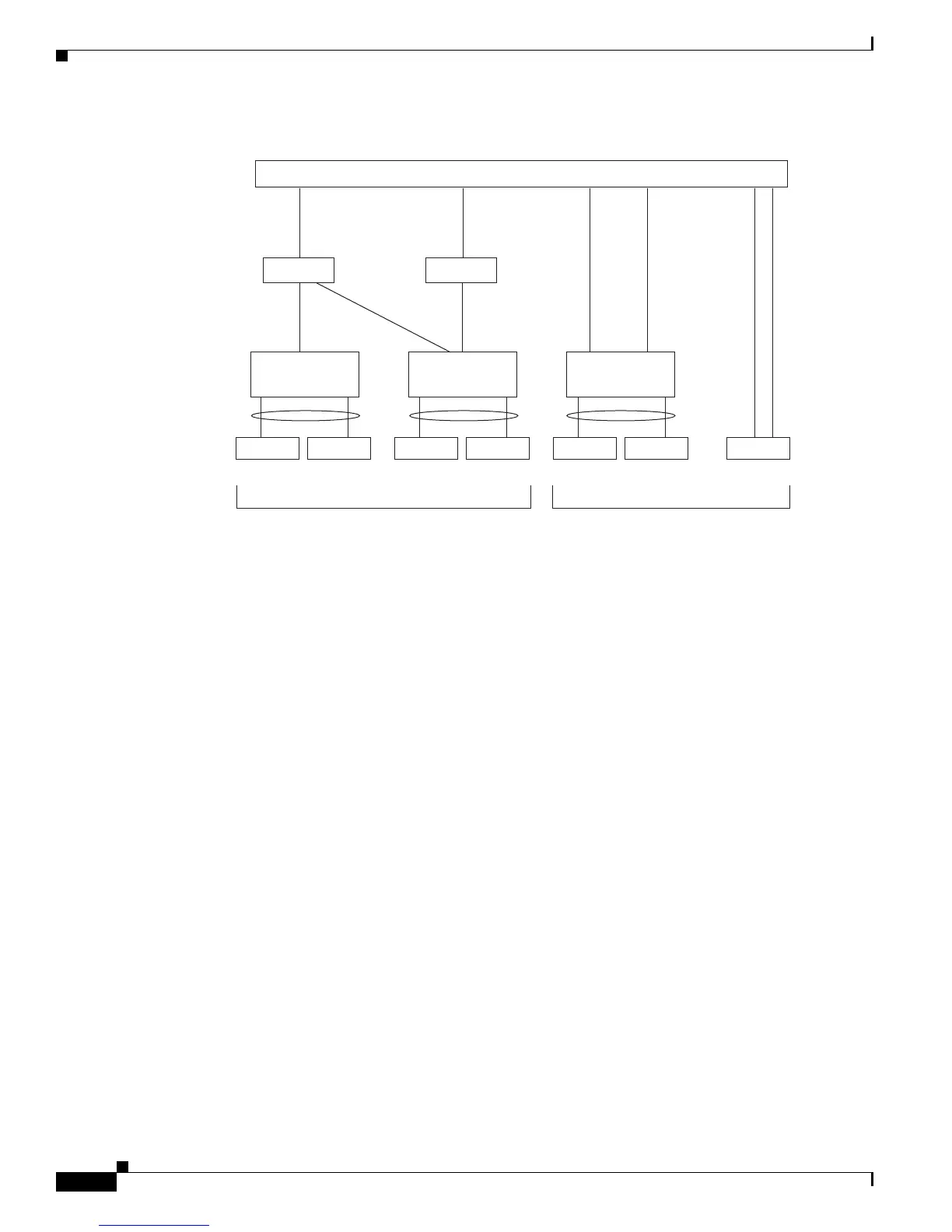